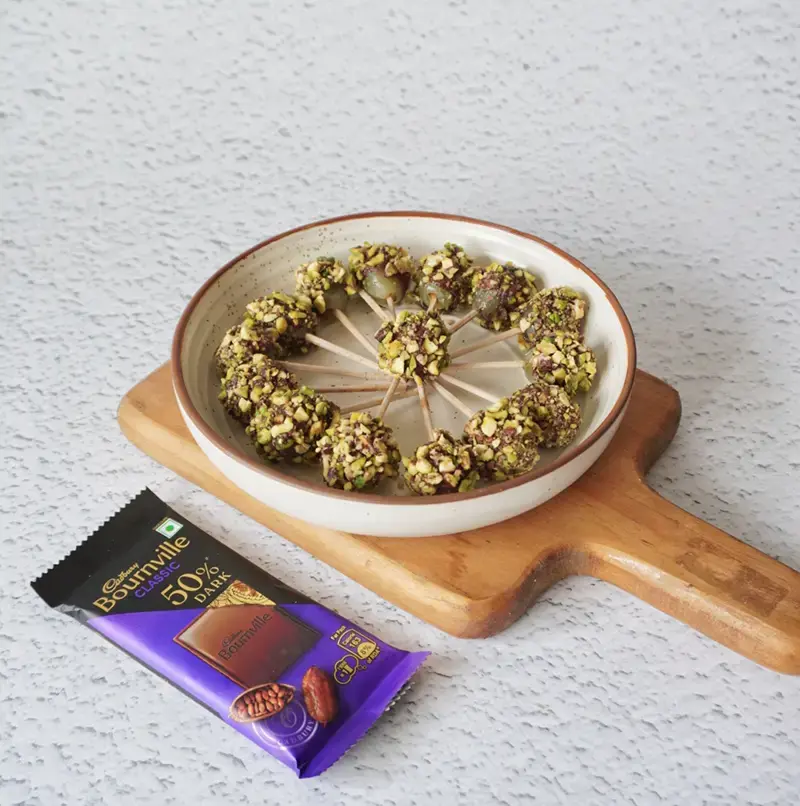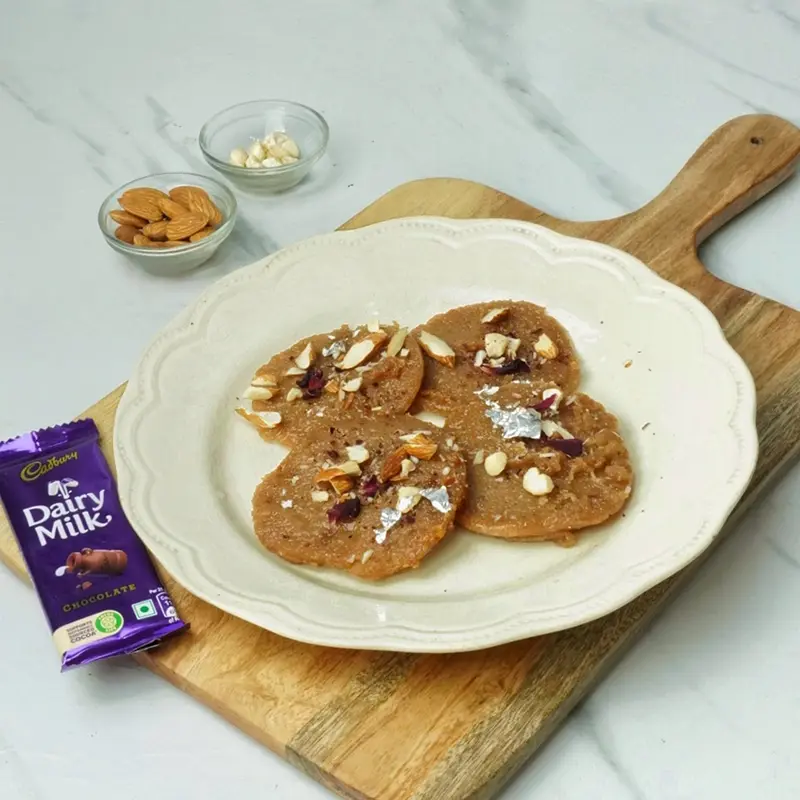- Home
- Articles
- One of those special sweets, where did Basque Cheesecake Spring From With its Rustic, Burnt Appeal?
A burnt cheese renowned the world over, with a moist and melt-in-your-mouth centre, and a sturdy crust. But where did this special sweet, the Basque cheesecake come from?

Cheesecakes have been around since ancient civilisations, where it was being eaten, less as a proper dessert, and more as a source of energy. Over time bakers and cooks experimented and refined the modern cheesecake and local cheese evolved, aged and adapted. Basque cheesecake, a special sweet, is one such example that traces its roots to the resort town of San Sebastian, which is in the Basque region of Spain and in particular to a restaurant at the place.
The Origin Story
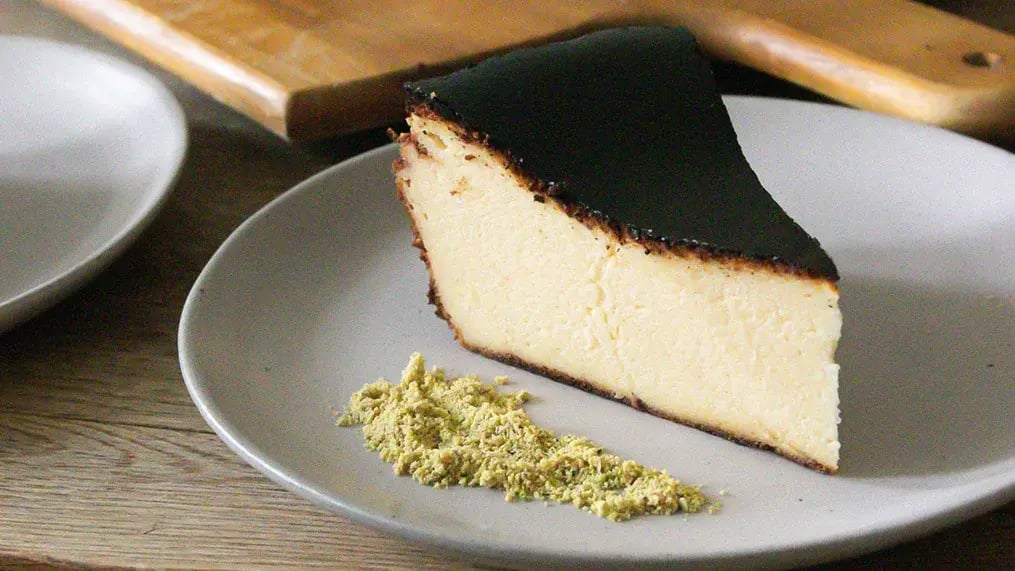
It’s more of a cosy cafe than a full-fledged restaurant in Basque that made this cheesecake, called La Viña, which also serves a sublime selection of local wines. Look up the hashtag #basqueburntcheesecake and you'll find more than 240,000 tags on Instagram alone, such is it's popularity. It was two brothers, Eladio and Antonio Rivera, who founded this cosy family-run Pintxos bar in 1959.
The brothers, with their wives Carmen Jiménez and Conchi Hernáez, worked restlessly serving customers around the clock until one couple fully took over. Eladio and Carmen along with their son Santi started working assiduously at the bar. Santi was around the bar from a young age and it didn't take long for him to help out religiously. He was a self taught cook who was passionate about his art and surrounded himself with folks who helped in bettering his craft.
Just like some geniuses around the globe who love their solitude to create art, Santi Rivera is one of them. In an interview with National Geographic, he mentioned that he would work in the bar's kitchen, in solitude and rest run new recipes for the place. This was around the 1980s when Spain was reeling from the aftereffects of their heads of dictatorship oppression and around that time this little place was beginning to rise to fame.
As Spain adjusted to its new-found liberation, Rivera Junior also came up with the idea of creating a new kind of cake every day. And he did. Basque cheesecake was one of them. He began experimenting in the 1980s itself, and the cheesecake was a hit with the locals. Santi was brimming with new ideas from the multiple courses and experiences he had garnered in the food capital of Europe and other places away from his hometown. Cream cheese was filling the Spanish markets as well, and it was more of a modern invention, and who was Santi to pass up the opportunity to not experiment?
The 21st-century Uptick
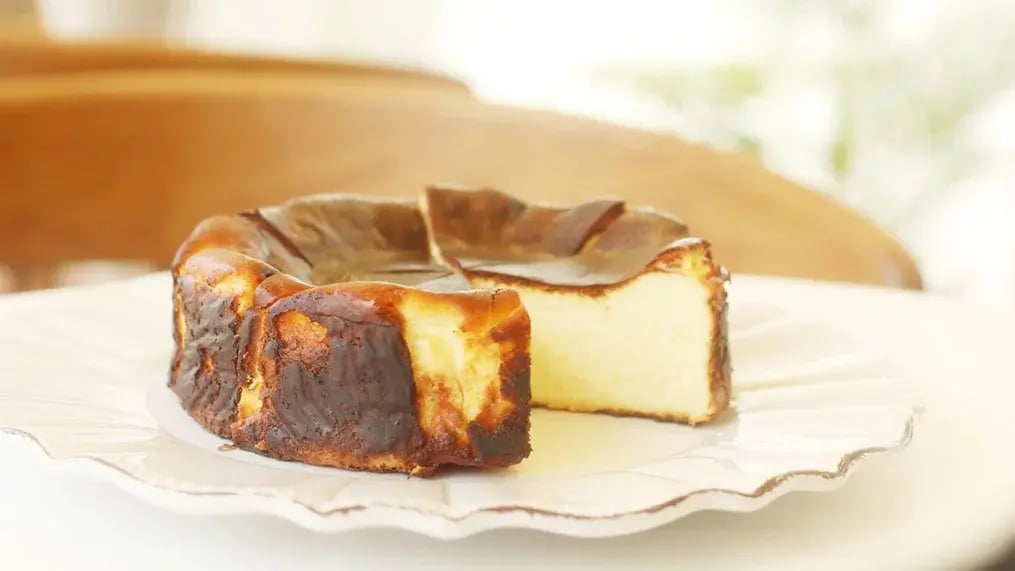
So, what exactly are Pintxos, the kind of food that was at the core of the Rivera business? These are snacks served on skewers on toothpicks, very common in Northern Spain. You could consider them as finger foods that are eaten alongside liquor. As the modern world took over, there was an uptick in tours, not just of vineyards and wine tasting but also of Pintxos.
It wasn't long before Santi Rivera’s Basque Cheesecake shot to fame and tourists discovered the cheesecake being sold at the bar. It lines the bar shelves still in their springform tin with parchment paper overhanging for easy extraction of the cheesecake. Unlike some snooty folks who safeguard recipes, Santi couldn't care less. His recipe can be found online. The culinary wizard revealed that he follows the local command of Basque cooking and takes great pride in sharing recipes. But a certain percentage rests on the creator's hands, and it applies to the Basque cheesecake too. Just like how a bowl of warm kheer made by a grandparent will never hold a candle to any other recipe, the same goes for Santi’s cheesecake.
What goes into the basque cheesecake?
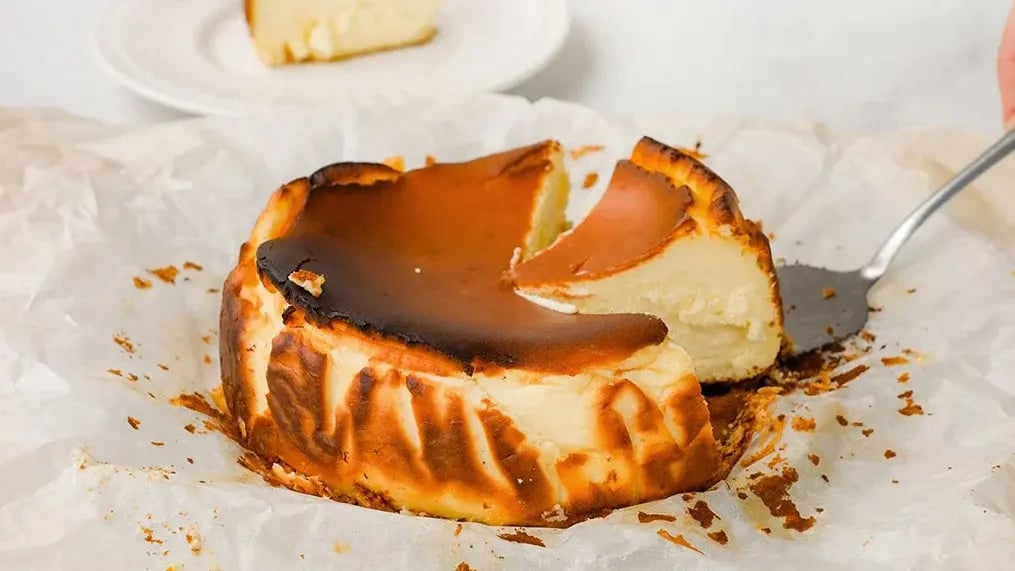
You might recall that Spain is renowned for its Flan, which is its own take on the caramel custard and the Basque cheesecake borrows a little from it. It uses only 4 ingredients – cream cheese, eggs, sugar, cream and flour and does away with the crust. It goes a little roughshod and instead of using low heat, this cheesecake uses high for the burnt skin and gooey interior. Forget the berry sauces because there was no space for them at the tiny place that La Viña is. So, a simple dessert that feels almost rustic is the essence of this cheesecake that still enjoys a lot of popularity with the little bar still drawing customers all over the world.
Like This Article?
More Like This



Popular Articles





Trending Web Stories
Curated Recipes

